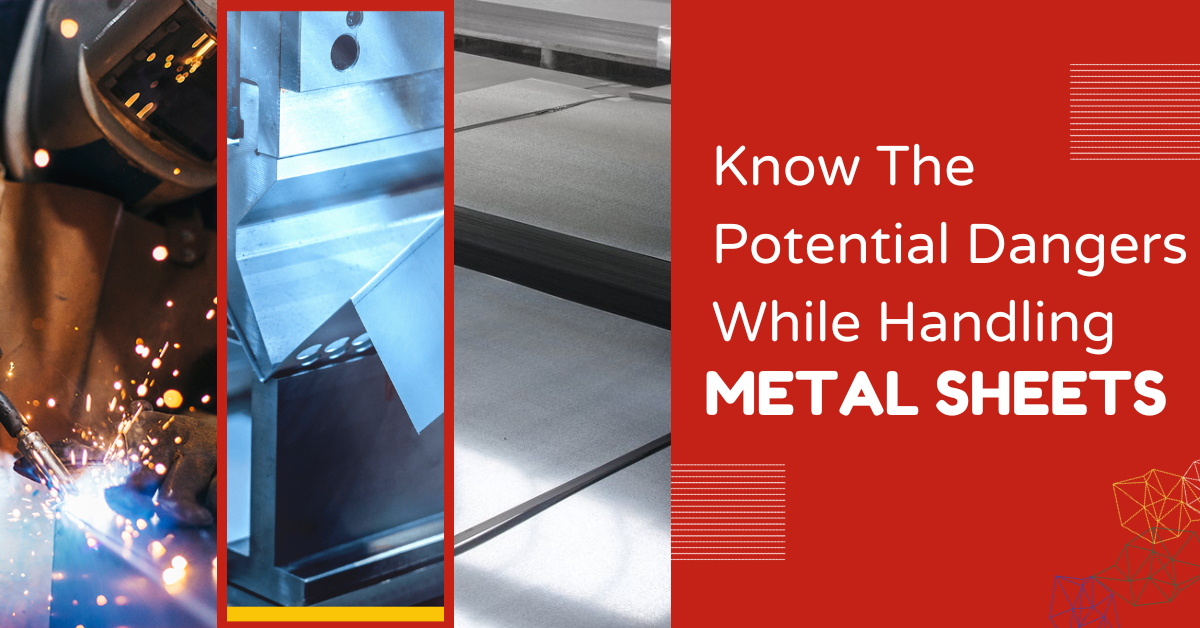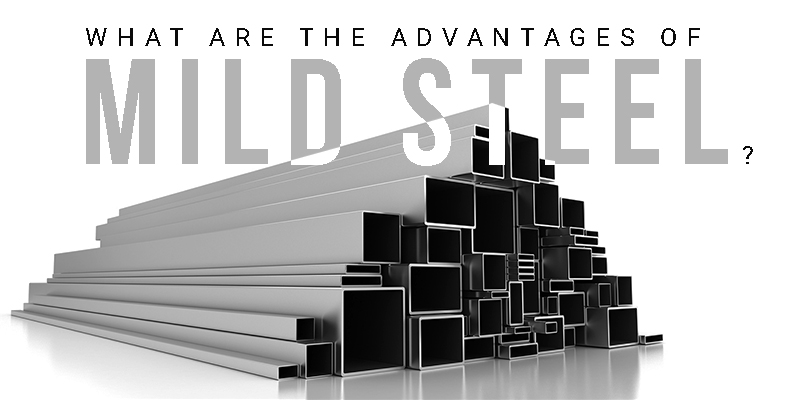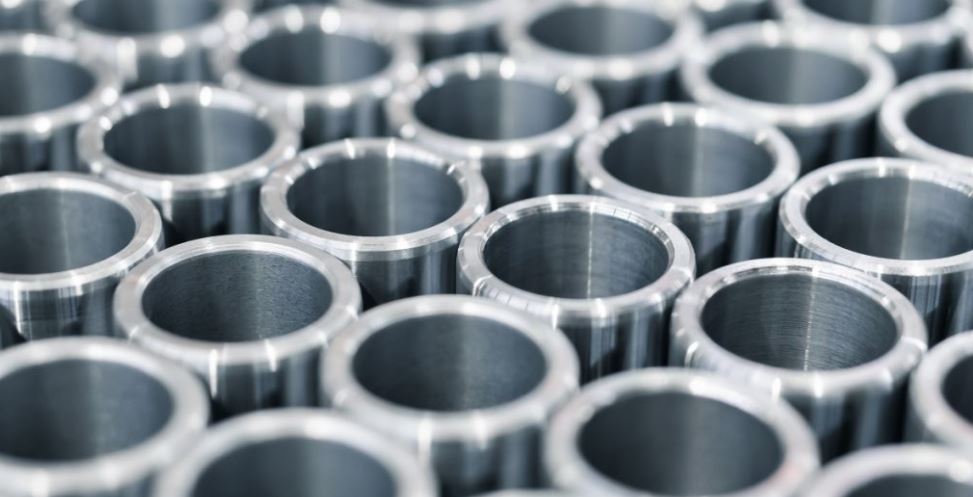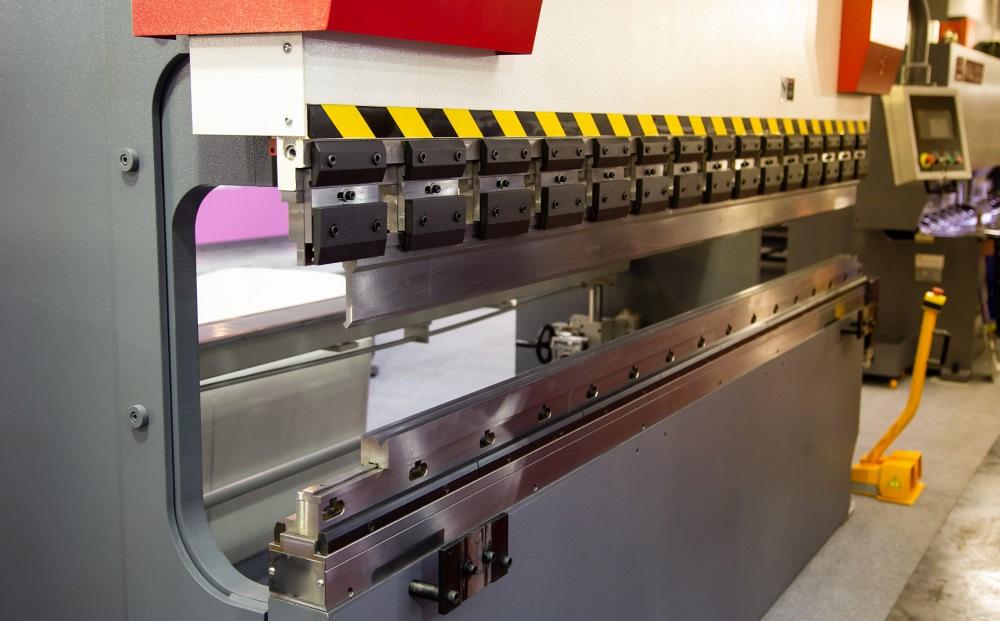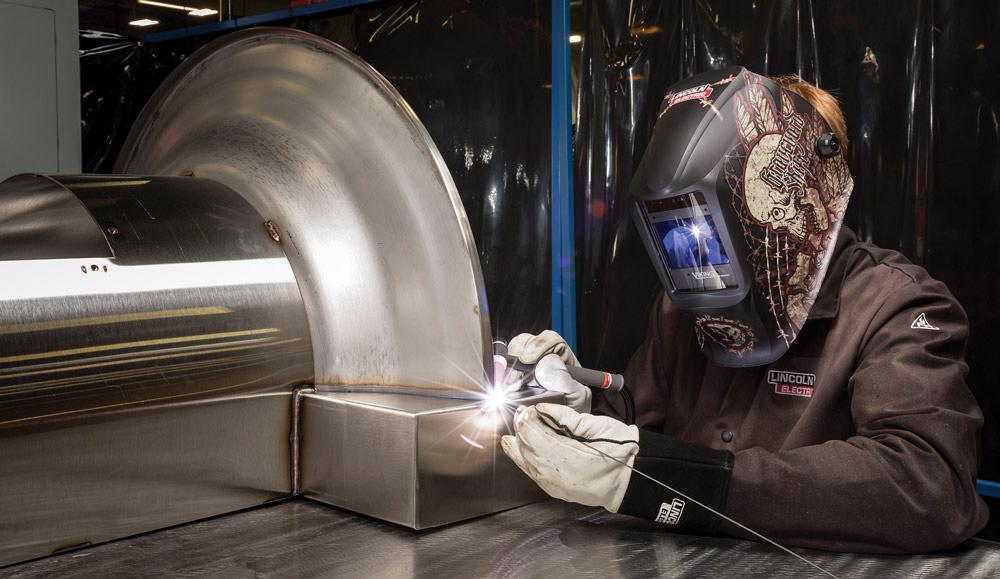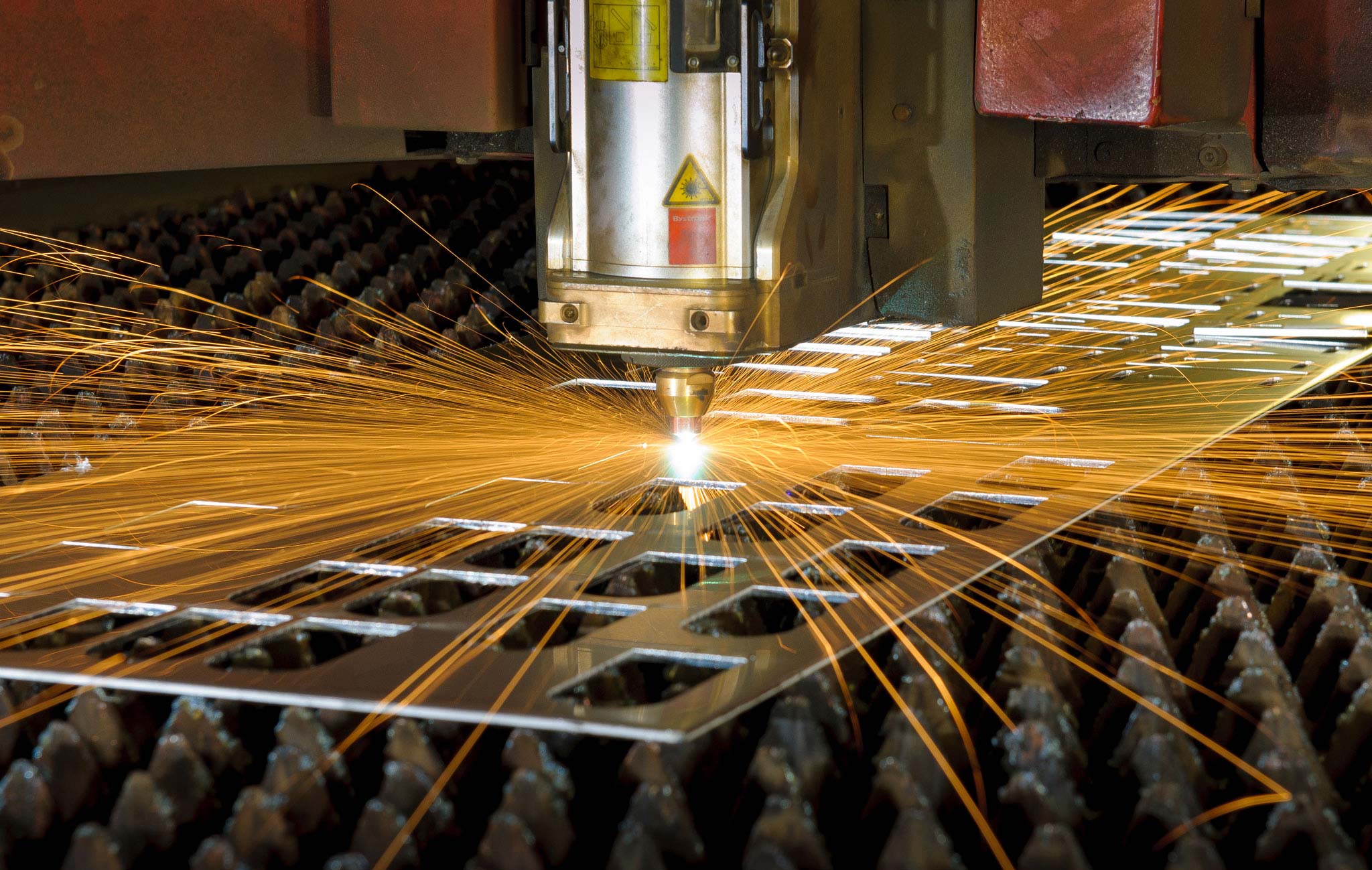Metal sheets are available in various shapes and sizes, making it a highly versatile and essential metal product. These sheets undergo various processes such as bending, shaping, pressing, rolling, and fabrication to create pipes, blocks, plates, rods, spheres, discs, and wires. Hence, due to their versatility, they find applications in numerous fields.
Given its widespread availability and use, metal manufacturers and steel suppliers must thoroughly understand the importance of safe sheet metal handling techniques. This blog explores the potential hazards associated with metal sheet handling that individuals working with this material should be mindful of.
Dust Inhaling:
Inhaling dust from metal sheets is often overlooked and presents as an invisible hazard. When working with this material, it disperses virtually everywhere. It occurs as fragments while bending, shaping, or cutting metal sheets using various tools and machinery.
In a workshop setting, there’s an unexpected presence of metal dust due to the various activities, including sawing, sanding, cutting, polishing, handling, welding, and more. All these tasks generate numerous minute particles that are challenging to spot.
Initially, the threat of inhaling this dust may seem insignificant. However, a worker exposed to it regularly can damage their respiratory system permanently. Hence, it is advisable that workers use dust to prevent the potential dangers.
Injury While Lifting:
The injuries from sheet metal handling are often considered harmless or even part of the work. Sheet metal is notably weighty, which is the intrinsic property of the metals. Furthermore, its challenging shape complicates the lifting process, increasing the risk of mishandling.
Straining a muscle or adopting an improper lifting posture can lead to immediate discomfort and potentially result in enduring injuries. Among the most frequently encountered injuries following the incorrect lifting of sheet metal are fractured bones, torn muscles, and pinched nerves. Hence, it is advisable to adopt automation or mechanical aid to enhance safety and ensure production efficiency.
Skin Burns:
One of the defining characteristics of metals lies in them is their exceptional conductivity, including electricity and heat. Workshops frequently experience elevated temperatures due to the operation of various machinery and tools. Moreover, many metal-forming processes, such as welding, generate heat directly on the sheet metal.
For example, leaving the sheet metal in direct sunlight can cause a significant temperature rise, potentially resulting in immediate injury upon contact. Hence, extended exposure could result in severe burns, blisters, and scalds on the exposed skin for individuals who neglect to wear gloves or the appropriate protective equipment.
Skin Cuts:
The metal sheets are sharp enough especially, the freshly cutted metal sheets. When you look under the microscope, the freshly cutted metal sheet edges look like a saw tooth which is extremely dangerous for the individuals handling it. Hence, it is advisable to wear protective gear such as long-sleeved shirts, thick gloves, and even steel-toed shoes, in case any one drops the freshly cutted metal sheets.
Understanding the typical hazards of working with metal sheets makes you more prepared to manage them effectively. If you need a trustworthy supplier for sheet metal, don’t hesitate to contact Bharat Steels. With our extensive years of experience, we are well-positioned to offer top-quality sheet metal products in the industry, such channels, angles, MS chequered plate, SAIL TMT bar, and many more.

